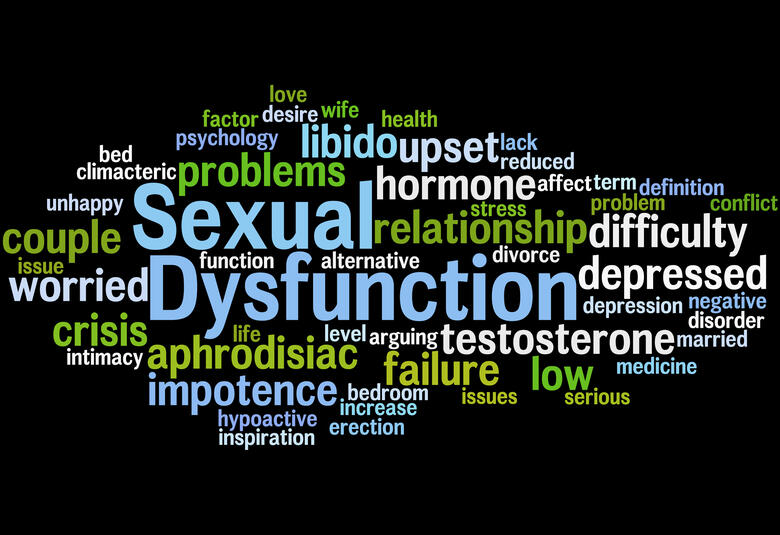Education, walking speed, striatal amyloid deposition, abnormal perceptions or thoughts, and scores on simple neuropsychological tests – all seem part of the picture when considering the likelihood that cognitive impairment will progress.
In people who have a positive amyloid PET scan, a higher of level education confers cognitive resilience even at the age of ninety years and more – just as it does in younger people.
Ahmad Sajjadi (University of California Irvine, USA), presented data from a subset of people enrolled in the 90+ study who had had amyloid PET imaging. Of this group, 99 had normal cognitive function, 41 cognitive impairment without dementia, and 9 had dementia. The latter two groups were merged for the analysis. Higher level education was defined as at least a college degree.
Protective effect of education extends to the oldest old
Protective effect of education extends to the oldest old
People with similar amyloid load in the brain can have different cognitive status. In this study, even though amyloid positivity was more common in the college-educated group, they were less likely to be cognitively impaired. And the protective effect of education increased with the amount of amyloid plaque.
In the less old, education is protective in the face of amyloidosis and tau pathology. In the oldest old, this remains true, Professor Sajjadi concluded. The average age of the population studied was 94 years; 65% were female and 37% were amyloid positive.
People with similar amyloid load have different cognitive status
Walk the talk
Education is one thing. The way we walk is a very different matter. The fact that both factors affect risk of cognitive decline reflects the complexity of its etiology.
With increasing age, speed of walking gradually slows, as does cognition. The idea that subtle motor impairment might predict dementia seems at first implausible. Yet control of gait involves the frontal cortex and hippocampus, and networks that are shared with cognition. Manuel Montero-Odasso (London, Ontario, Canada) presented data from the Gait and Brain Study, which started in 2007. Twenty-seven of the 250 patients enrolled have now developed dementia, defined by a Montreal Cognitive Assessment (MoCA) score of less than 26; and in 24 cases the diagnosis is AD. Fifty-three had cognitive impairment.
Slow gait, defined as walking a distance of less than one meter per second, had a hazard ratio (HR) of 1.2 for development of dementia. Cognitive impairment on its own was associated with an HR of 1.5. But the combination of slow gait and cognitive impairment conferred a greater than five-fold increase in risk.
The severity of subjective cognitive decline (SCD) corresponds to regional amyloid severity, said Bernard Hanseeuw (of the Massachusetts General Hospital, Boston, USA) when presenting data from the Harvard Aging Brain Study. In cognitively normal subjects, the level of striatal amyloid on PET correlated with SCD. But it seems that there also has to be amyloid in the cortex.
Results suggest that having a low SCD is a good way of excluding amyloid-β pathology while having a high level of SCD indicates either advanced amyloid deposition in the striatum, or perhaps a non-amyloid pathology. This raises the question of whether SCD represents a late stage of preclinical AD. But the question needs to be further explored by a longitudinal study.
Predicting progression
Yuma Yukoi, representing the Japanese Alzheimer’s Disease Neuroimaging Study, presented data suggesting that the presence of abnormal perception or thought (ie hallucinations or delusions) is a neuropsychiatric symptom that increases the risk of a patient converting from MCI to AD.
Among 537 people followed for a mean of three years, 234 had MCI. Of this group, only 7 had abnormal perception or thoughts, but their HR of progression – after adjusting for covariates – was 2.5. This was greater than the HR associated with being a carrier of Apo-E4. This result needs to be confirmed in a large series.
Meanwhile, the national French MEMENTO cohort of people with MCI recruited from 26 memory clinics over the period 2011-2014 suggests that progression to AD (which happened in 133 patients) was associated with low baseline scores on the memory and non-memory domains of all baseline neuropsychological tests.
According to Geneviève Chêne, who presented the data, the HR in people with behavioral disorders was 4.4, and 2.5 in those with at least one limitation on the IADL. Neither hippocampal volume nor Apo-E4 were significantly predictive of progression in this large cohort. Her view is that relatively simple measures can be used to assess risk.
Our correspondent’s highlights from the symposium are meant as a fair representation of the scientific content presented. The views and opinions expressed on this page do not necessarily reflect those of Lundbeck.




